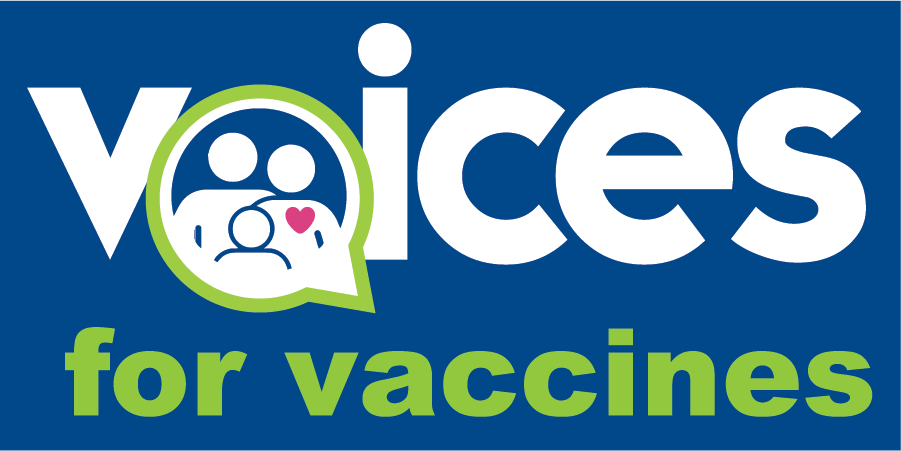The Claim:
In a press conference following a report issued about the causes of autism, Health Secretary RFK Jr. and President Trump made a number of false claims about vaccines and autism. We will talk about them in this week’s newsletter.
The Facts:
In 1998, Andrew Wakefield held a press conference about a paper he wrote that wrongly suggested vaccines might cause autism. That paper has since been proven false and officially taken back.
At that time, scientists didn’t know as much about autism as they do today. Now, research shows autism is mostly caused by genes and usually begins before birth, while the baby’s brain is still developing. The brain differences linked to autism are present early on, not caused suddenly by vaccines.
In 2000, the CDC held a two-day meeting at the Simpsonwood Conference Center to review data about thimerosal, a mercury compound once used in some vaccines. Experts, health organizations, and vaccine companies carefully studied whether it was linked to autism or other brain issues.
Later, in 2005, Robert F. Kennedy Jr. published an article claiming there was a conspiracy to hide vaccine safety problems. But the article contained many errors and was retracted.
In 2007, a Senate committee reviewed these claims against the CDC. They found the accusations were mostly untrue and that the CDC did not interfere with vaccine safety studies. They also found no evidence of a cover-up at the Simpsonwood meeting or pressure on researchers to change their results.
Many large studies since then, including one in Denmark that followed more than 650,000 children, show that vaccines like the MMR shot do not cause autism. Kids who got the vaccine were no more likely to have autism than kids who did not.


